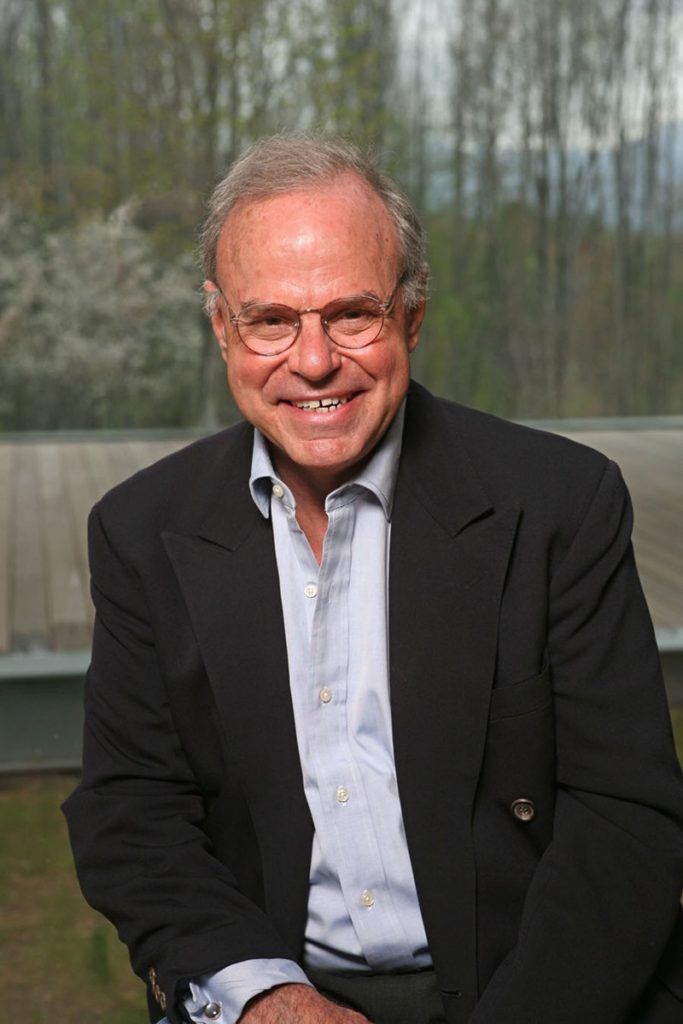Art World
Clark Art Institute Director Michael Conforti to Resign After Two Decades
Conforti oversaw a $145-million Tadao Ando expansion.

Conforti oversaw a $145-million Tadao Ando expansion.

Brian Boucher

Having steered the Clark Art Institute through a recent $145-million expansion, director Michael Conforti will retire this summer after more than 20 years in the post. Conforti increased the museum’s endowment from $128 million to $357 million while also expanding its collections through gifts and purchases and diversifying its exhibition program.
See Clark Art Institute Receives $15 Million Gift and Art World Report Card: Abstract Expressionists at the New Clark Art Institute.
Conforti also oversaw a dramatic expansion of the Clark’s Research and Academic Program, which has seen more than 300 scholars serve residencies. The Clark also houses the Williams College Graduate Program in the History of Art, in which Conforti taught. (For the record, this writer attended that program.) He was an early supporter of the Massachusetts Museum of Contemporary Art, in nearby North Adams, which opened in 1999 in a depressed former mill town.
The Clark, in rural Williamstown, Massachusetts, has holdings of more than 9,000 works, including over 30 canvases by Pierre-Auguste Renoir and top works by Edgar Degas, Piero della Francesca, Winslow Homer and John Singer Sargent, along with extensive holdings of decorative arts. Among the collection’s charms, too, are deeply unfashionable examples by academic artists like William-Adolphe Bouguereau.
Conforti, 69, worked at Sotheby’s in London after graduating from Trinity College in Connecticut. After getting his art history PhD at Harvard, he was curator of sculpture and decorative arts at the Fine Arts Museums of San Francisco from 1977-1980, and served as chief curator and curator of decorative arts and sculpture at the Minneapolis Institute of Arts from 1980 to 1994.
The Ando project was the second major expansion since the museum’s 1955 opening. Designed by Japanese architect Tadao Ando, the elegant glass, steel, concrete, and granite addition extends the original neoclassical white marble structure by architect Daniel Perry and a 1973 Brutalist granite expansion by Pietro Belluschi. The museum’s 140-acre campus in the scenic Berkshire Mountains was updated by Reed Hilderbrand Landscape Architecture, of Cambridge, Massachusetts, to include a three-tiered reflecting pool conceived by Ando. Overall, the buildings now encompass about 280,000 square feet.